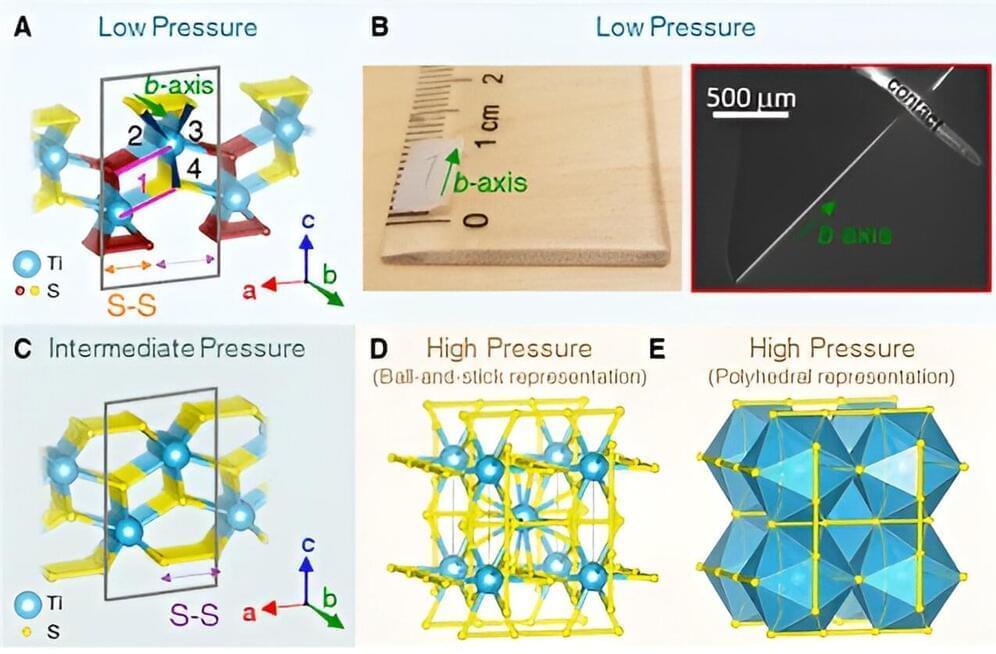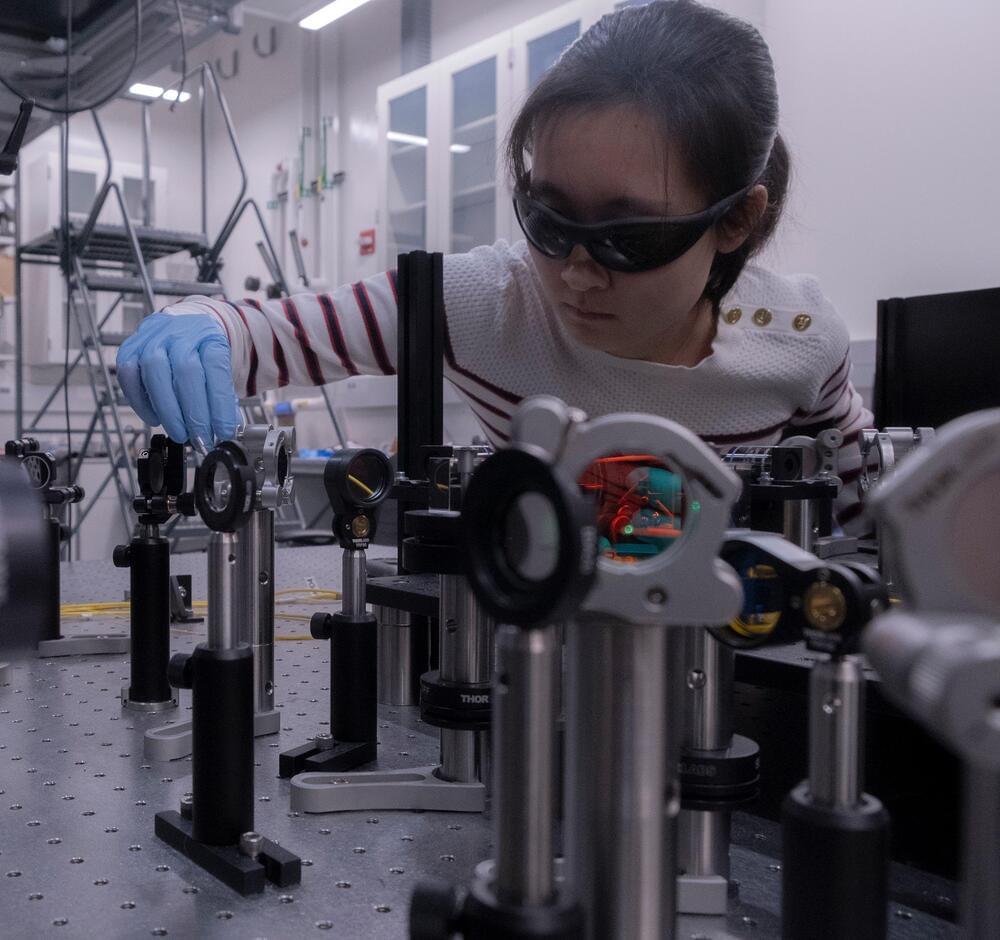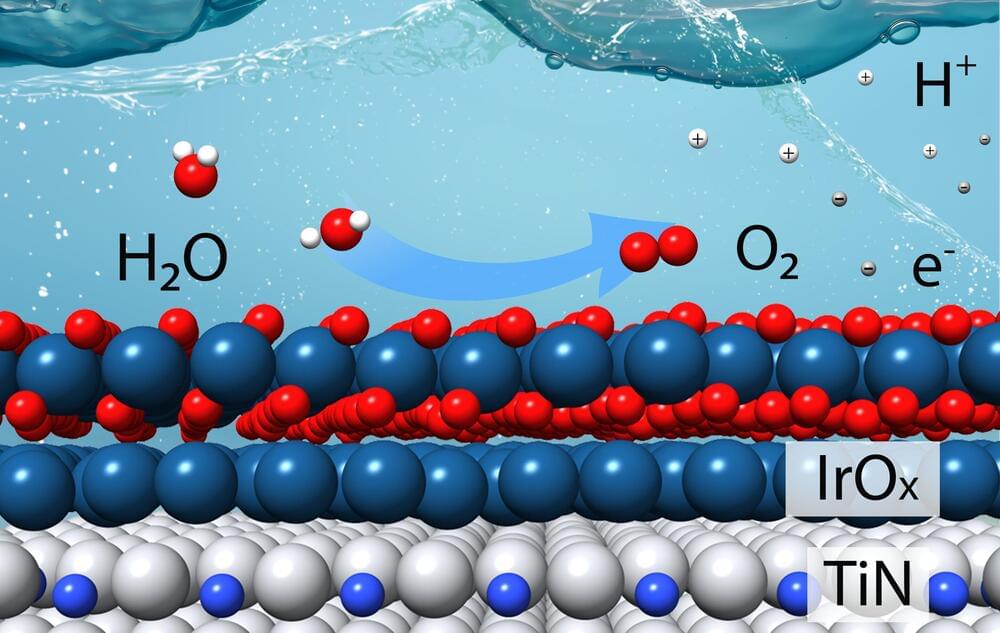Investments in carbon-free energy will be twice as large as fossil fuel spending in 2024, the International Energy Agency predicts.
By Benjamin Storrow & E&E News
CLIMATEWIRE | Clean energy is on fire.

Investments in carbon-free energy will be twice as large as fossil fuel spending in 2024, the International Energy Agency predicts.
By Benjamin Storrow & E&E News
CLIMATEWIRE | Clean energy is on fire.


Theory has become practice as new work from the University of Chicago Pritzker School of Molecular Engineering taps diamond defects’ remarkable ability to concentrate optical energy.
Researchers have developed atomic antennas using germanium vacancy centers in diamonds, achieving a million-fold optical energy enhancement. This advancement allows the study of fundamental physics and opens new research avenues. The collaboration between theoretical and experimental teams was essential to this breakthrough.
Atomic antennas: harnessing light for powerful signals.

Astronomers are expecting a “new star” to appear in the night sky anytime between now and September in a celestial event that has been years in the making, according to NASA.
“It’s a once-in-a-lifetime event that will create a lot of new astronomers out there, giving young people a cosmic event they can observe for themselves, ask their own questions, and collect their own data,” said Dr. Rebekah Hounsell, an assistant research scientist specializing in nova events at NASA’s Goddard Space Flight Center in Greenbelt, Maryland, in a statement. “It’ll fuel the next generation of scientists.”
The expected brightening event, known as a nova, will occur in the Milky Way’s Corona Borealis, or Northern Crown constellation, which is located between the Boötes and Hercules constellations.



Today, the South Brooklyn Marine Terminal (SBMT) broke ground, kicking off the transformation of the historic port into an East Coast offshore wind hub.
SBMT will support Norwegian energy giant Equinor’s first US offshore wind project, Empire Wind 1. Brooklyn’s new offshore wind hub is designed to be a central, scalable hub for the expanding East Coast offshore wind market, and as a port for future offshore wind developments.
When the terminal is complete, it will be one of the largest dedicated offshore wind hubs in the US.


